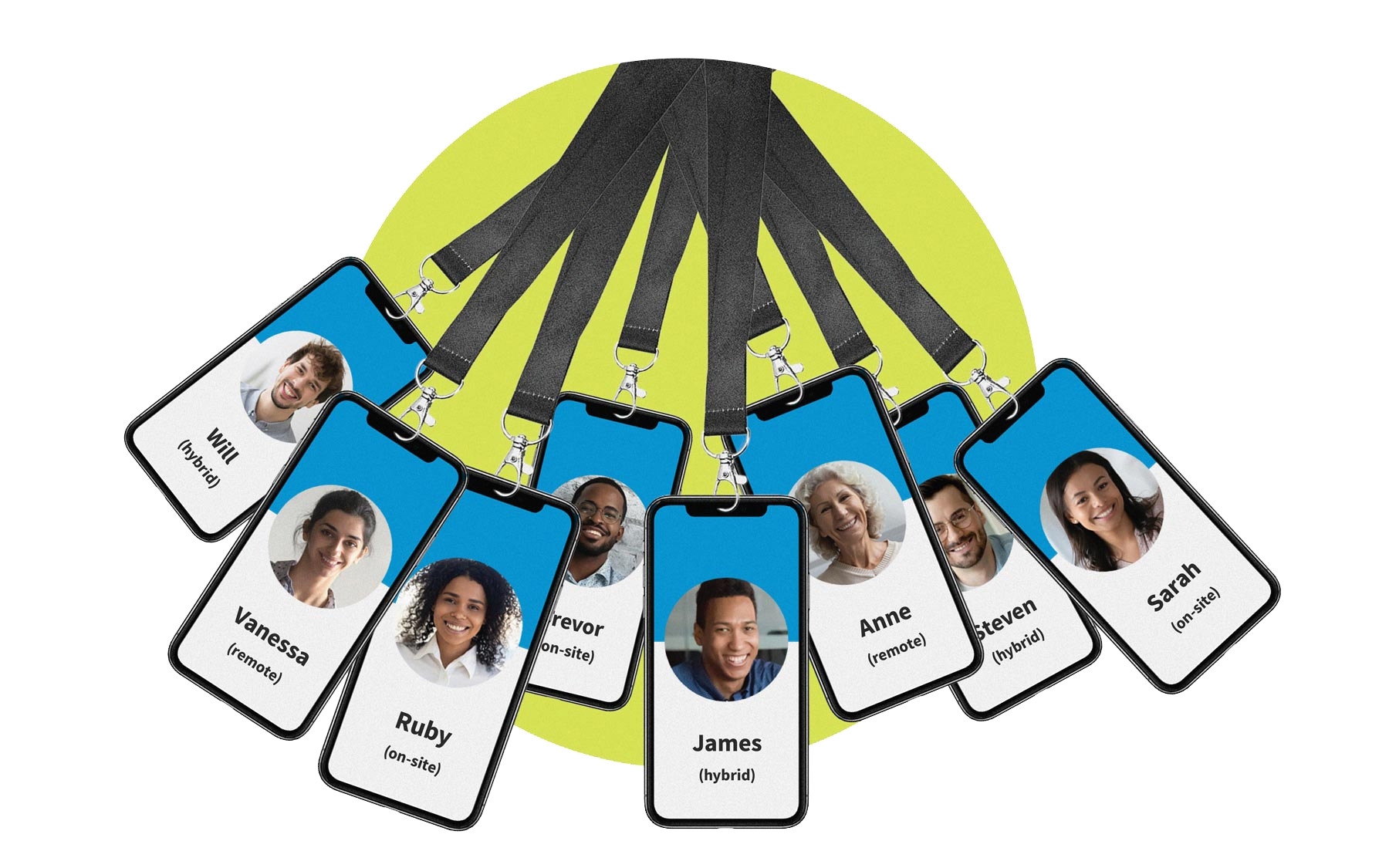By Kimberly George, global head, innovation and product development and Dr. Teresa Bartlett, senior medical officer
The COVID-19 pandemic has forever changed the face of the workforce.
Much like an individual who survived a near-death experience, workers around the world have en masse taken stock of their lives during the past two years, reconsidering their priorities, longevity and what they want out of their jobs.
The volatility and unpredictability caused by COVID have led millions of global workers to explore new career opportunities — a phenomenon known as the Great Resignation. This disruption has made employers’ war for talent more competitive than ever. Organizations are struggling to keep pace and will need to implement a variety of strategies to ensure they can successfully attract and retain the right people.
Engagement and connectedness
More than two years after the outbreak of COVID-19, a significant percentage of the workforce is still working remotely at least part of the time. Employers continue to (re)define what “hybrid” means for their organizations as the public health situation evolves. These shifts make building and maintaining meaningful employee connections that much more difficult.
Many remote/hybrid employees are eager for social interaction as an antidote to the isolation brought on by COVID. Without the casual conversations that naturally occur in the workplace, people managers/leaders now bear responsibility for facilitating those connections virtually. Personal manager outreach, leadership town halls, regular employee communication and informal group meetings (even if virtual) are a few ways to foster a culture of caring and belonging. More formally, having employees set performance goals helps them connect their daily efforts to the organizational mission and objectives.
Another way to promote engagement and connection is through employee resource groups. ERGs are voluntary, employee-led groups centered on a shared characteristic of the participants, such as gender, race, ethnicity, lifestyle or interest. While ERGs are traditionally a cornerstone of diversity and inclusion programs, they’ve taken on renewed relevance during the pandemic as employees seek safe opportunities to connect and be their authentic selves.
It’s important to keep in mind that engagement levels can vary significantly over the course of the employee lifecycle. Providing an effective onboarding experience that secures new employees’ buy-in to the organizational culture can help to reduce attrition and pave the way for high engagement throughout their tenure. Particularly during the first year of employment, it’s critical to provide education on the organization’s mission, values and practices, along with guidance on what new employees can expect regarding career paths and skills development.
Mental health support
The COVID era has had a devastating impact on mental health. Anxiety, depression, stress, guilt, trauma, fatigue and isolation are only some of the concerns that have spiked in the past two years.
Employers’ traditional approach to addressing mental health is through employee assistance programs. However, no matter how robust the service offerings or how many reassurances of confidentiality are provided, many employees have inherent distrust for EAPs. Concerns about their personal information being shared with management and human resources or EAP use negatively affecting their careers have led to widespread avoidance; research shows that EAPs are among the most underutilized of all employee benefits.
To truly support a workforce struggling with mental health challenges, employers need to think beyond the EAP and consider alternative models of care. Community-based mental health practitioners, as well as telehealth options, should be accessible through employee health plans. Additionally, there are a variety of wellness mobile apps and well-being programs that employers can subscribe to and promote to help employees with stress management, positivity, coping skills, mindfulness and focused breathing, among other habits that contribute to mental health. Organizations can also train managers on how to recognize the signs of psychological distress in their team members and provide an appropriate level of support based on empathy and respect.
The right environment
Perhaps the greatest lesson in management to emerge from the era of COVID is the importance of the intangibles that motivate employees to stay connected and engaged. Among the fundamental concepts that fall into this framework are:
- Autonomy: During the pandemic, when so many have experienced a loss of control over many areas of their lives, autonomy is critical to job satisfaction. Especially for knowledge workers, whose work product is often intertwined with their identity and self-worth, employer confidence in their ability to self-manage goes a long way. The pressures of family life in the COVID era — such as sporadic periods of remote schooling, unexpected quarantines and loss of reliable caregiving support — have made flexibility in how and when to work indispensable for many in the workforce.
- Purpose: At a time when people are taking stock of their lives and career trajectories, they want to feel they’re performing purposeful work and aligning their passions with their professions. Employers will benefit from investing in technologies that automate work processes, so employees can focus on higher-level tasks and areas where they bring unique value.
People first
As organizations vie to attract new talent, they must not forget about one of their most valuable resources: their current employees. Retaining talent is significantly more cost-effective than hiring new talent, but it does require investing in the things that matter most to employees. Promoting retention and reducing attrition can be achieved by supporting the multifaceted needs of the workforce during an already stressful time.
> Learn more — check out an expanded version of this article in Sedgwick’s digital magazine, edge, issue 18

